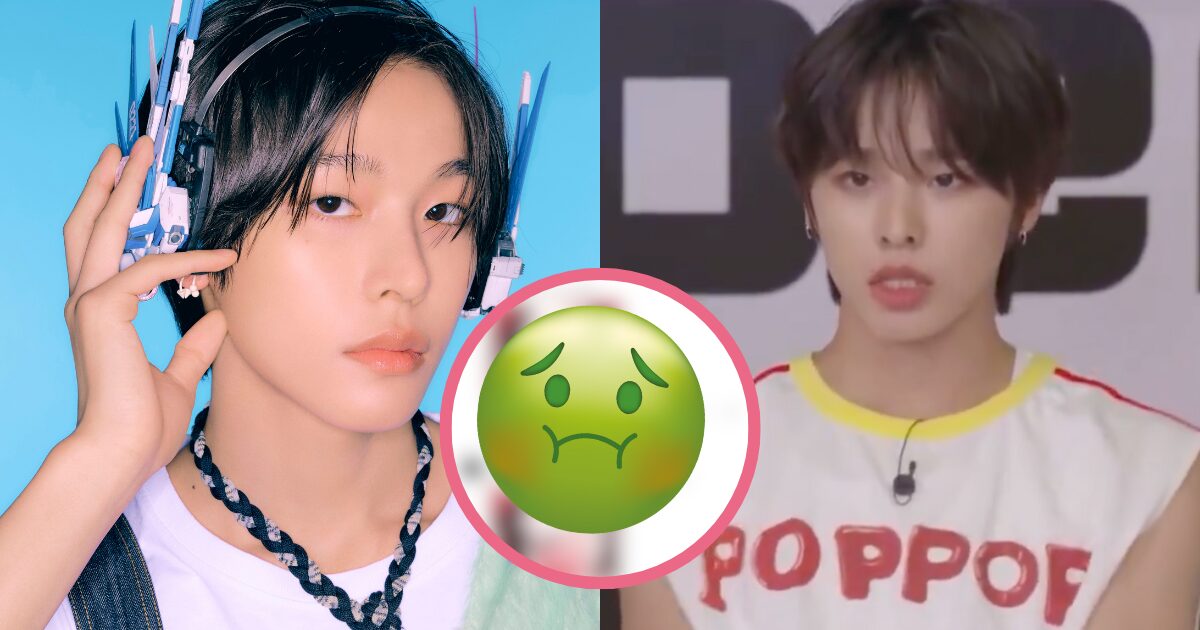
When it comes to discovering K-pop nowadays, it’s easy to imagine someone’s common entry point is through social media, audio, or streaming services.
But before? There was a time when Hallyu was trying to make a splash outside of Asia during the second generation, and a lot more effort was required. Those early days of falling into K-pop felt like uncovering a secret world — it wasn’t easy, but it felt more organic than the algorithm feeding me what I may like.
As a teenager from the UK, my introduction to the genre came when a friend, who was also into J-Pop like me, told me to watch Boa’s “Girls on Top” on the video-sharing platform Vimeo. I was immediately hooked and wanted to know more about Boa and other Korean artists, it was just a matter of figuring out how.
In the late 2000s and early 2010s, there was no process tailored to your taste, nor was there a way to have all your favourite idols’ content on one app (R.I.P. Vlive). So I searched, stumbled upon, and shared what I could of the genre whilst building long-time friendships that felt more personal and stuck deeper using three methods to learn more about BoA and the K-pop genre.
Accessing Music and Music Videos

From 2005 to 2008, YouTube was still an infant with FMVs (fan-made videos), fan covers, and parodies uploaded to the site. As I learned about Boa’s discography and her other industry mates, like TVXQ, at the time, I turned to what little grainy 240p or 480p videos would buffer on Vimeo, Dailymotion, and Veoh and watched them freely: WonderBang special performances, TVXQ on variety shows like X-Man, or SNSD’s reality show, Factory Girl.
It was common to find these videos split into parts, or even having to guess what would happen if several parts were missing. So as the years went on, the transition to being able to subscribe to fan-uploading channels such as Codemonmon and crazycarrot grew. Going from low-res to high-quality live performances, or Gayo Daejun in 720p or 1080p from both of these channels, was groundbreaking at the time.
The opening or transition to different scenes in reality shows like Wonder Bakery or AADBSK featured songs that weren’t easy to find; there was nothing like Shazam to help me out back then. Instead, I had to type the lyrics I could hear into Google before I moved on to getting the songs in three ways: downloading on torrent websites, via Bluetooth, or on YesAsia.

Using Dial-up on AOL, torrent websites like Kazaa and Limewire were essential in getting the songs heard on the variety shows or live performances. The fight fans had just to get individual tracks from TVXQ’s Mirotic album at the risk of getting the family computer infected by a virus (twice!).
Eventually, file-sharing websites like 4shared, Mediafire, and Megaupload became more accessible; users like the amazing K2NBlog uploaded music for everyone to download, which changed the game.
At a time when the most popular devices were the Blackberry Curve 8520, Nokia 6610, or Sony Ericsson w810i, Bluetooth was the best way to receive the latest songs from friends and then burn them onto CDs. And if it wasn’t the music, we’d share photos and lyrics of the artists and groups we liked.
When I could, I would treat myself to a physical album from the online retailer YesAsia. Shipping was three times the price of the album, but paying an arm and a leg was worth it when 2PM’s Hand Up Special Limited Edition album arrived weeks later.
Finding a friend who would go to Korea and giving them the money to get a physical album would be a once in a blue moon opportunity for me, but much cheaper than using YesAsia, which is why downloading became the norm.

Throwback News Sites and Bloggers
But I still wanted more — to learn where to get the latest updates and news, instead of slow Wikipedia pages being edited with a new single and discovering new songs months later. That’s when I started searching for blogs and new sites for more information.
Because I didn’t know about Me2day or Cyworld at the time, nor did I speak Korean, blogs across Blogspot, Livejournal, and Soompi became my go-to and a great source for anything new in the industry.

Blogspot, Livejournal, and Soompi were a big help in where best to get information, like the ongoing or K Bites aka Sookyeong, Omona They Didn’t, and K-Ppop On My Mind. Bloggers such as Random J and oniontaker also always stood out to me for their straightforward opinions and adding their journalistic flair to anything going on in the industry. They also helped me discover new groups debuting or older idols who collaborated with my favourites at the time, e.g., Baek Jiyoung, Shinhwa, and Dynamic Duo.
I can recall the impact that each blog had on the community when big news like dating rumours between Lee Hyori and Rain or Jay Park leaving 2PM had in the fandoms, and people rushed to the blogs to read their opinions.
Outside of my one friend at school, I really craved finding more people who had discovered K-pop since I was multifandom. That’s when I decided to venture into forums like 2ONEDAY, Soshified, and GOE:SS (Gods of the East Subbing Squad) that would give me the opportunity.
Forming Bonds in Forums

Being a part of many message board forums made me feel more connected to other communities who were interested in K-pop since it was quite a niche genre at the time.
Fans would donate to the forums so there would be access for others to get the latest fansubbed videos, photo galleries, and fancams to download.
The forums used to have their own dedicated fansubbing accounts, e.g., soshisubs, TIME2SUB, or WonderSubbers that were associated with each group. To this day, their content has been reuploaded by many who saved old content over the years.
At times, representatives from each forum would speak on behalf of international fans to Korean fans offline to discuss changes with the fandom. This included any updated schedules of our favourite idols, live show etiquette, and how to get fanclub merchandise.

This was why my friends and I started to learn Korean so we’d be able to access unsubbed videos and go to Korea to buy merchandise ourselves in the future, with some even getting fanclub membership.
Even when far away from Korea with a poor internet connection, there were different paths to get you into the fandom. Those early days showed that even if the barriers were high, the dedication required was much higher. And even though the journey into this secret world is much easier now, it shows that a fan’s passion will always find a way into the world of K-pop.
Did you also get into K-pop one of these ways? Share your introduction to K-pop in the comments below!
London-born writer Nyasha Oliver spends her time between the city and traveling when she can. As well as contributing music articles, she writes about food, video games, and the experiences and stories of Black people in Asia, including her own.
(Images via SBS, KBS2, JTBC, SM Entertainment.)











![From ‘Vengeance’ to Vulnerability: BIBI’s [EVE] World Tour Hits Singapore This August](https://blogger.googleusercontent.com/img/b/R29vZ2xl/AVvXsEgu57y-LJbNUaS3XxlV7hMm-EZdE1-c7k1JsFyXqTadc2tAIX44zh9wGJjoCkRO2B5l8KGgt26J3c21Z4J-0riLUzS_L_wWZVoy1EH3Mlj8eZcbE9vpc5Zeno9jwTU01bNY_PgO55sVZhibMoGp6e-Z7CCowSRN_n0ldS0HUJ5xUolkhYvBQJDy1Ix7N5ef/w1200-h630-p-k-no-nu/BIBI_1920x1080.jpg)







 English (US) ·
English (US) ·